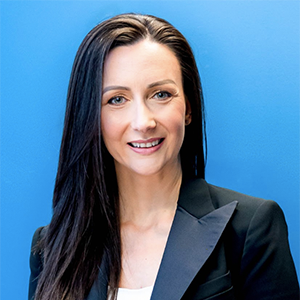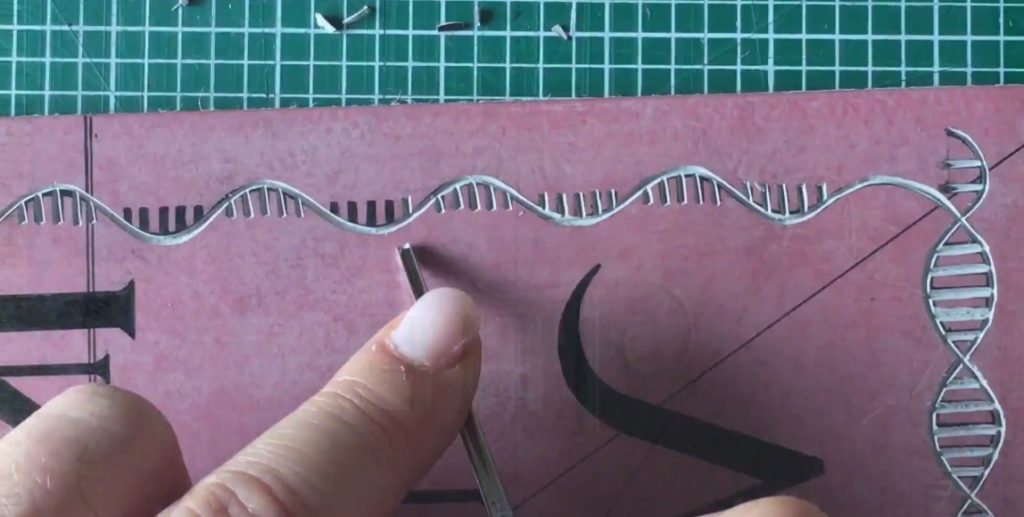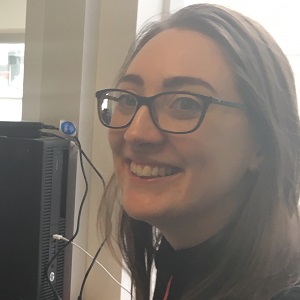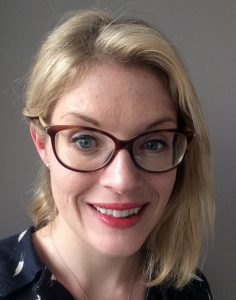Shifting Patterns of Light
David Beattie X FutureNeuro SFI Research Centre for Chronic and Rare Neurological Diseases
-
About the Artist: David Beattie
David Beattie is an artist and lecturer based in Dublin. Assembled from a variety of everyday materials his work is realised through sculpture, photography and sound. He was awarded the Harpo Foundation Award (2010) and was a recipient of the Hennessy Art Fund for IMMA collection (2016). Recent commissions include The Walker Plinth (Derry, 2020), Reflectors (Bray, Co. Wicklow, 2019), and Patterns of Illumination (Griffith Barracks Multi-denominational School, Dublin, 2018). His work has been exhibited in Pittsburgh, New York, Toronto, London, Brussels, Paris, and throughout Ireland.
-
About SFI Research Centre FutureNeuro
FutureNeuro is the SFI Research Centre for Chronic and Rare Neurological Disease, hosted by RCSI University of Medicine and Health Sciences. Its partner institutions are Trinity College Dublin, Dublin City University, National University of Ireland, Galway, Waterford Institute of Technology, University College Cork and University College Dublin. The FutureNeuro objective is to change the patient journey through research informed by the needs of both patients and neurologists. This includes developing rapid and accurate tools for diagnosis, the development of therapies to modify brain networks, technologies to enable patients to monitor their own health and well-being, and linking this to Ireland’s national imaging, diagnostics and eHealth infrastructure.
Artist Statement
In collaboration with FutureNeuro, I am creating new work for primary learners that will explore epilepsy and neural activity, finding ways to represent and think about this research as a material experience. Through this process I will look at comparisons between hyperconnectivity in the brain, deep neural networks in computing, bacterial bioluminescence in marine life and rhizomatic root systems in nature. The resulting work will consist of multiple elements including a sculptural video installation, cast objects, a series of photographs, an interactive web interface and classroom-based activities.
SFI Research Centre Statement
Dr Katherine Benson, Dr Cristina Ruedell Reschke, Dr Susan Byrne and Ciara Courtney
The researchers at FutureNeuro in the RCSI work together as a large collaborative team to study the brain and how it works. This team includes clinicians, scientists, geneticists, and researchers who are all committed to understanding the brain.
The brain and nervous system is made up of millions of cells, called neurons, that connect together to relay signals. These signals control how we think, move, act and interact with the world around us! It is our brain that allows us to connect with people either digitally or in real life. Today’s world is hyperconnected!
This mesmerising artwork allows us to break inside the brain to experience the connectivity of neurons. Neurons transmit messages using electrical signals and chemical messages which are passed throughout the body. These neurons work together in complex and highly connected networks. A neuron is said to be ‘firing’ when it transmits a signal. As scientists we can study neuronal firing in many ways. In fact we can actually see neurons firing using something called bioluminescence. Interestingly some animals can produce this bioluminescence themselves as a way of communicating.
We hope this artwork inspires you to ask lots of question about connectivity within the brain and the world outside.
Dr Katerine Benson-
‘The SFI art collaboration project has been a wonderful experience. We were paired with an extremely talented artist David Beattie. The project allowed me to see my own research and the research done in FutureNeuro in a new light, opening my eyes to the ‘bigger picture’. As researchers, we are very focused on our narrow field of interest which we specialise in and this collaboration which focused on connectivity highlighted to me how many different strands of research in FutureNeuro are interlinked. I was amazed at David’s interpretation of our research, showcasing our work in a new and imaginative way which sparked intriguing questions from the public. The idea of combing art and science is a fantastic way to inject new creativity into SFI research centres and I would be really keen to see more initiatives like this.’
Dr Susan Byrne-
‘This was a wonderful collaborative mix of science and art! It was really interesting to see the creative process and how it related to the scientific experiments. Interesting young learners in science is really important and STEAM looks to do this.’
Dr Cristina Reschke- 
‘The SFI Art Collaboration was a unique experience! We had the opportunity to work closely with the talented David Beattie co-creating a ‘research-art piece’. I was intrigued about how much artistic research actually is; and how much research is involved in art! It is wonderful to see that this fruitful collaboration will have long-lasting impact with the wide range of resources available, especially for primary learners.’




